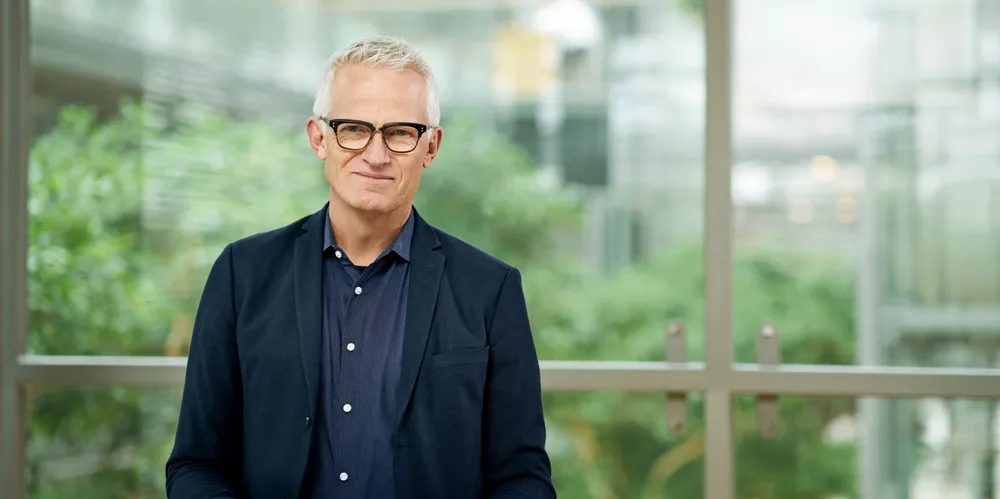Orsted cuts offshore wind ambition to give 'high priority to value creation': CEO
Global giant now targets 28GW of wind at sea by 2030 instead of 30GW amid reconfiguring of projects in US and Poland

Global offshore wind champion Orsted is trimming its 2030 ambition for wind at sea as a “direct result of taking a very high priority to value creation”, CEO Mads Nipper said, pointing to reconfigurations of projects in the US and Poland.
The CEO said the utility has also opted out of several seabed lease or support auctions in the US and Taiwan and exited offshore wind development in Vietnam to prioritise other areas with a higher value creation potential.
“We are reconfiguring some of our projects. And that will typically be those where we do have limited sunk cost and where we still have some flexibility on the timeline,” Nipper told investors.
Examples of that would be the Baltica 3 project in Poland, or the Ocean Wind 2 project in the US, he added.
“When we say we choose to reconfigure a few projects, that also means that we now do not have a known timeline for those projects, and we do not want to let ourselves [be forced] to do projects that we are sure we could grow with, but we would not create sufficient value for investors.”
If changes made to projects don’t result in a sufficient increase of value creation, that would not be a responsible use of investors’ money, and Orsted would then be “prepared to walk away from these projects,” Nipper said.
Orsted is in active discussions with the state of New Jersey about the reconfiguration of Ocean Wind 2, Orsted’s US chief David Hardy added.
“It could mean project delays, different technology, or other value adding activities,” he explained.
On Poland, Europe chief Rasmus Errboe said that Orsted and its Polish partner PGE were able to convince the government in Warsaw to allow for retroactive changes to an already granted contract-for-difference for the 1.5GW Baltica 2 project to take into account a fundamentally changed energy market in Europe and a depreciation of the Zloty.
“On Baltica 3, the story is slightly different,”Errboe said. “We decided to take a step back as it didn’t meet Orsted’s internal [profitability]requirement.”
Taking advantage of a flexible timeline with the CfD for the 1GW project, Orsted is now seeking to reopen the permit to reconfigure it with bigger turbines. Also, the partners have won another 120MW of seabed capacity in the area, which they wish to add to make Baltica 3 a bigger project.
Orsted also is being extremely disciplined in its bidding to ensure high enough profit ratios, CEO Nipper added.
“We chose not to bid, for example, in Massachusetts. We chose not to bid in Taiwan’ Round 3-1. We did not bid [for a] California seabed [lease], we stepped out in time in the New York Bight seabed lease auctions.”
In the US, Orsted will focus on the Mid-Atlantic and Northeast coasts, Hardy added.
The company also recently decided to end its market development activities in Vietnam “because we do not believe that, compared to the other opportunities that we have, Vietnam is a sufficiently attractive market,” Nipper said.
Orsted still sees the Southeast Asian country as a really important supplier market, but for market development will prioritise other areas with higher value creation potential.
(Copyright)